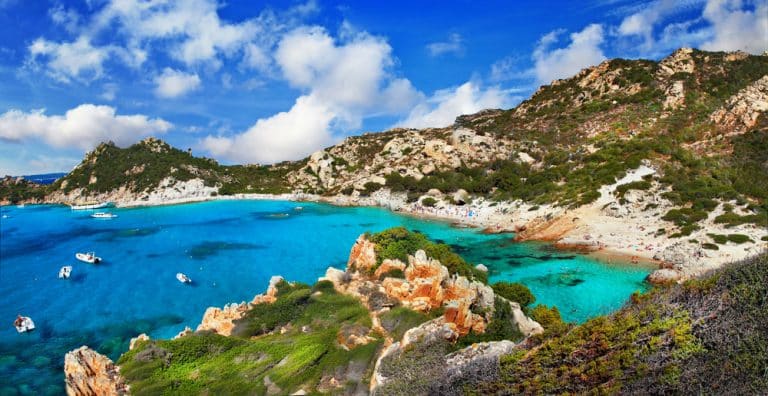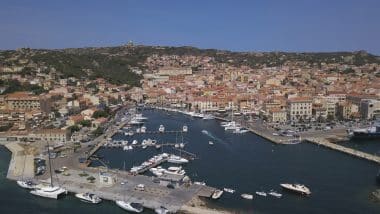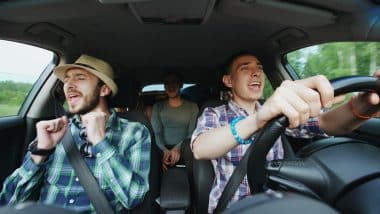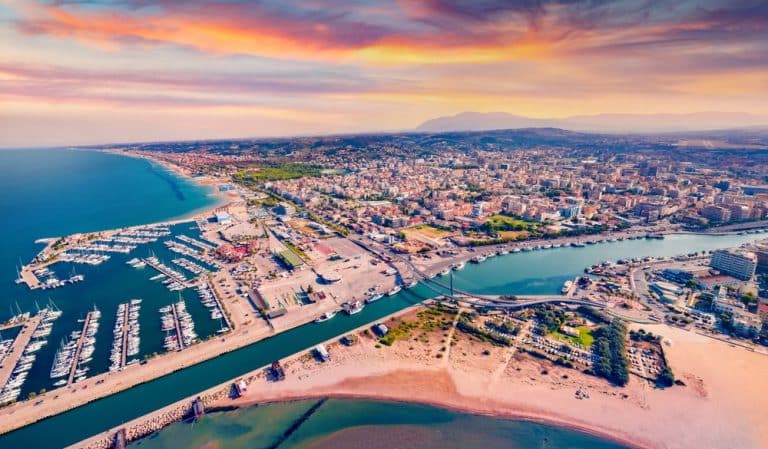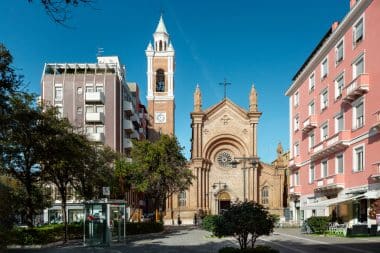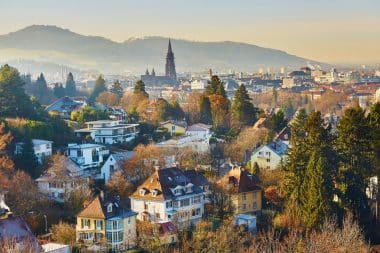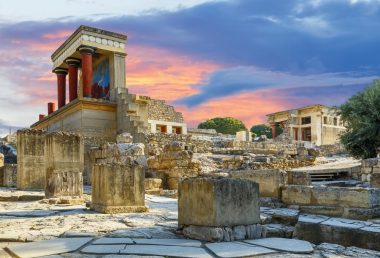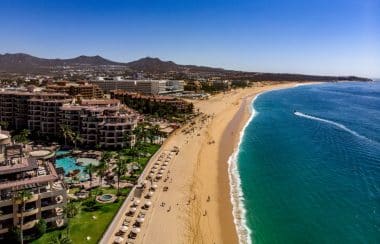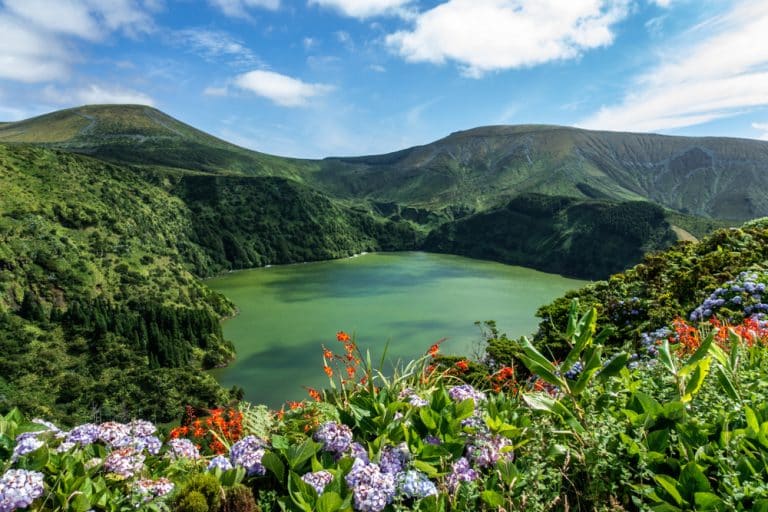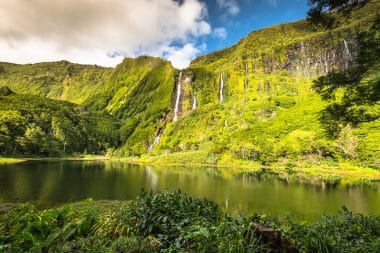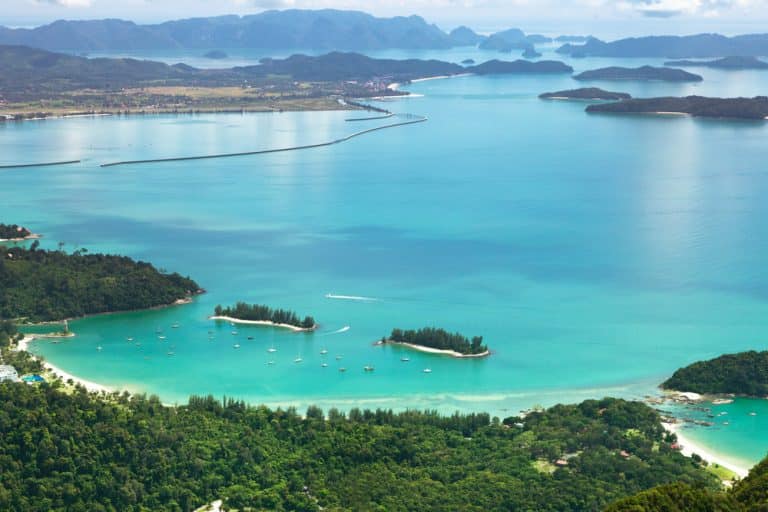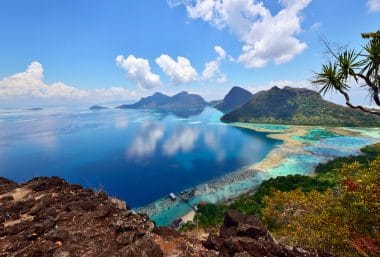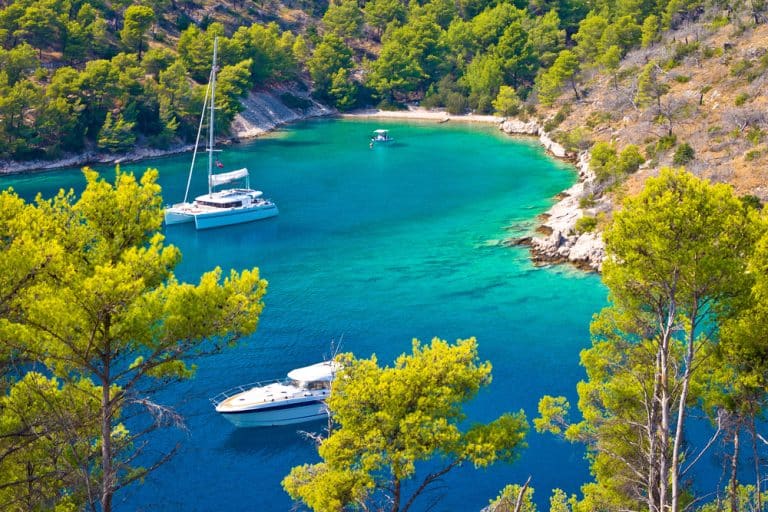Beach holidays in Didim are ideal for the period between May and October, as the temperatures are pleasantly warm and the sun shines for many hours a day. The crystal-clear, turquoise blue water invites you to swim and take long walks on the beach, while the mild temperatures in the evening make you want to take a long walk on the beach or go shopping.
If you like it particularly hot, you should fly to Turkey in July or August. At this time, temperatures are at their highest and can even get a little over the 40 degree mark on some days. The water temperatures are around 20 to 25 degrees Celsius and invite you to spend long days at the beach.
If the main focus of a holiday in Didim is on the cultural sights of the area, spring and autumn are perfect. It is not too hot then, but still warm and sunny enough to escape the German uncomfortable weather. In addition, there are only very few rainy days.
Sights in Didim
The Amphitheatre of Miletus
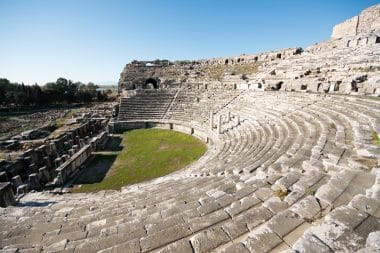
The ancient city of Miletus in the immediate vicinity of Didim is worth a day trip and is historically very interesting. Miletus is home to the best-preserved ancient amphitheater in the world, which at the time could accommodate about 15,000 people. The city’s museum exhibits the most beautiful excavations and well-preserved finds. Jewellery, coins, sculptures and other relics from that time can also be found in the Milet Museum. The city consists of beautiful little alleys where visitors can drift wonderfully. Small cafés, restaurants and shops invite you to linger and stroll.
The Temple of Apollo
The Temple of Apollo in Didim also dates back to antiquity, the ruins of which can still be admired today. The remains give an insight into everyday life in the past and often show how thin the line was between poor people and the richer, splendidly furnished population.
The colorful bazaar of Didim
If you ever want to stay in the village and not have to travel, the bazaar of Didim is an ideal destination. Every Saturday of the month, it is held in the middle of the village and is considered a meeting place for every generation and every taste. The bazaar should be experienced with all the senses: it smells of oriental spices, music penetrates through the bazaar alleys from everywhere and the eyes don’t know where to see enough first. Exotic fruits and vegetables as far as the eye can see, freshly grilled fish and delicious-smelling chicken at the barbecue stand next door – the bazaar of Didim is worth it, especially with an empty stomach.
Lake Bafa and its insider tips

For nature enthusiasts, Lake Bafa in the Latos Mountains is a very nice destination. It is located only 20 kilometers from Didim in a nature park and is ideal for hiking, beautiful views or simply a little relaxation in nature. Many animals also feel very comfortable here – numerous birds live near the lake. For the excursion to the Bafa Lake National Park, holidaymakers can also rent bicycles and explore the many beautiful paths in the middle of nature by mountain bike. A small canoe tour on the lake is also extremely charming. A special feature of Lake Bafa is that there are two ancient sites along the lake, namely Hereklia and Latmos. They used to be Byzantine monasteries, whose ruins still characterize the lake area today and make it historically valuable.
The Doganbey Village
The village is located about 30 minutes by bus, car or taxi from Didim and is the perfect destination for those seeking peace and quiet who like it tranquil. Small stone houses are located a short distance from each other and are embedded in pine trees that exude a wonderful scent. The trip to Doganbey is ideal if you want a little peace and quiet away from larger tourist resorts.
The ancient city of Ephesus
Ephesus is also within easy reach of Didim and is a popular trading city that was extremely important in antiquity. Many trade routes led through its core and led to Ephesus being able to develop magnificently in a very short time. The highlights of this historic site are the Temple of Artemis and the famous Library of Celsus. Ephesus is one of the seven wonders of the ancient world and its visitors are always under its spell, because so much history is incredibly fascinating in one place.
Special features and tips in Didim
There are various booking channels for successful excursions. Most hotels have brochures and flyers of local excursion destinations in the lobby to get a first impression of the possibilities. Often the day tours can also be reserved at the reception. Another option is to book an excursion through the tour operator. In the almost daily information meetings at a central location in the hotel, the packages offered are presented and can be booked immediately for the coming holidays. In addition, there are also local providers in Didim who take holidaymakers to the most popular places and organise a nice day in the destination area.



